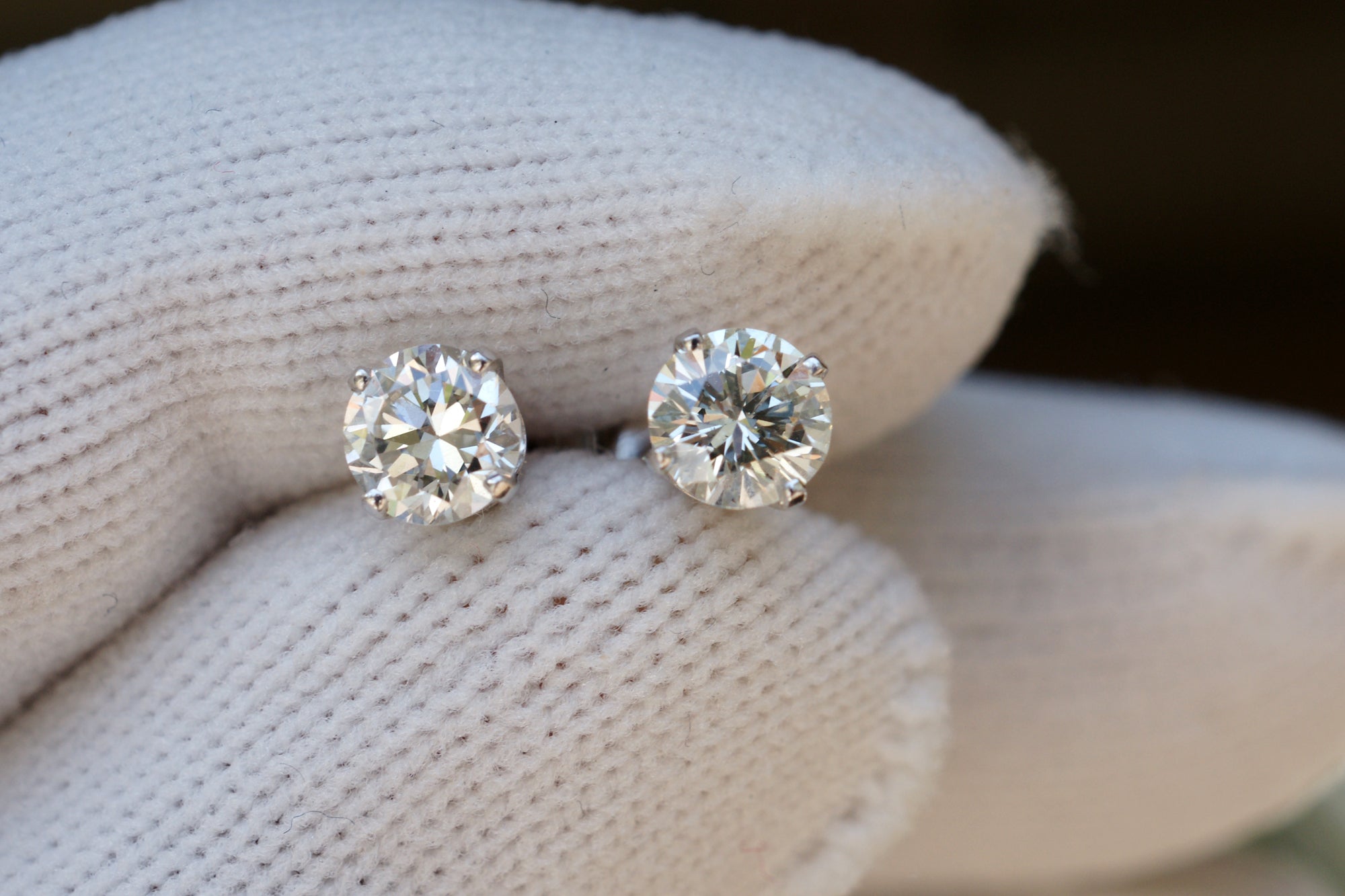Introduction to Lab Grown Diamonds
If you’ve been shopping for diamonds lately, you might have stumbled upon the term “Lab Grown Diamonds” and wondered what makes them special. Let’s dive into this sparkling world and uncover what makes Lab Grown Diamonds a fantastic choice for many.
What Are Lab Grown Diamonds?
Lab Grown Diamonds, also known as synthetic or cultured diamonds, are real diamonds created in a laboratory setting rather than mined from the earth. They have the same physical and chemical properties as natural diamonds but are made using advanced technological processes. Imagine crafting a diamond in a lab as a chef would make a gourmet meal from scratch—it’s all about controlling the environment to produce the finest results.
How Lab Grown Diamonds Are Made
There are two primary methods for creating Lab Grown Diamonds: High Pressure High Temperature (HPHT) and Chemical Vapor Deposition (CVD). HPHT mimics the intense pressure and temperature conditions found in the earth’s mantle to grow diamonds, while CVD involves creating diamonds from a gas mixture in a controlled chamber. Both methods produce diamonds that are virtually indistinguishable from natural ones, with the key difference lying in their origin.
Advantages of Lab Grown Diamonds
Lab Grown Diamonds offer several compelling advantages over their mined counterparts. Here’s why they might be the right choice for you:
Cost-Effectiveness
One of the most attractive features of Lab Grown Diamonds is their cost. Since they’re created in a lab, the production costs are significantly lower than mining natural diamonds. This cost-effectiveness translates into more bang for your buck, allowing you to purchase a larger or higher-quality diamond for the same price as a smaller natural one. Think of it as getting the luxury experience without breaking the bank.
Ethical Considerations
Lab Grown Diamonds are a win for ethical consumers. Traditional diamond mining has been linked to various human rights issues and unethical labor practices. Lab Grown Diamonds, on the other hand, are produced under controlled conditions, ensuring fair labor practices and reducing the likelihood of exploitation. If you’re concerned about the ethical implications of your purchase, Lab Grown Diamonds are a guilt-free choice.
Environmental Impact
Mining for natural diamonds can be incredibly damaging to the environment, involving large-scale excavation and habitat disruption. In contrast, Lab Grown Diamonds have a minimal environmental footprint. By choosing Lab Grown Diamonds, you’re opting for a more sustainable and eco-friendly alternative. It’s like choosing to reduce your carbon footprint by driving a hybrid car instead of a gas guzzler.
Top Lab-Grown Diamond Brands
If you’re in the market for best lab Grown diamonds, several brands stand out for their quality and reputation. Here are three top contenders:
Brilliant Earth
Brilliant Earth is renowned for its ethical sourcing and stunning Lab Grown Diamonds. They offer a wide range of beautiful, high-quality stones and are committed to sustainability and transparency. Their diamonds are crafted with the same care and precision as natural diamonds, making them a top choice for discerning buyers.
Clean Origin
Clean Origin specializes in Lab Grown Diamonds that are both exquisite and eco-friendly. Their collection features a variety of cuts and styles, all created using the latest technology. Clean Origin’s commitment to sustainability and ethical practices makes them a popular choice for those looking to make a responsible purchase.
LUXURY LABS
LUXURY LABS is another excellent option, offering a range of luxurious and meticulously crafted Lab Grown Diamonds. Their focus on quality and innovation ensures that each diamond meets the highest standards. Whether you’re looking for a classic solitaire or a unique custom piece, LUXURY LABS has something to suit your taste.
How to Choose the Best Lab-Grown Diamond
Choosing the perfect lab-grown diamond involves understanding the key factors that determine its value and beauty. Here’s a handy guide to help you make an informed decision:
Understanding the 4 Cs
Diamonds are graded based on the 4 Cs: Cut, Color, Clarity, and Carat Weight. Let’s break down each one:
Cut
The cut of a diamond affects its brilliance and sparkle. A well-cut diamond will reflect light beautifully, creating a dazzling effect. Look for diamonds with excellent or ideal cuts to ensure maximum sparkle.
Color
Lab Grown Diamonds come in a range of colors, from colorless to shades of yellow and brown. The less color a diamond has, the higher its value. For a classic look, opt for diamonds in the G-H color range, which offer a near-colorless appearance at a more affordable price.
Clarity
Clarity refers to the presence of internal or external flaws (inclusions and blemishes) in a diamond. The fewer imperfections, the higher the clarity grade. Choose diamonds with high clarity ratings (VS1-VS2 or higher) for a clear, brilliant appearance.
Carat Weight
Carat weight measures the size of the diamond. Larger diamonds are more valuable, but remember that carat weight alone doesn’t determine the quality. Balance carat weight with the other Cs to find the perfect diamond for your needs.
Certification and Grading
When purchasing a lab-grown diamond, ensure it comes with a certification from a reputable gemological laboratory. This certification provides an accurate assessment of the diamond’s quality and authenticity. Look for diamonds graded by institutions like the Gemological Institute of America (GIA) or the International Gemological Institute (IGI).
Caring for Your Lab-Grown Diamond
To keep your lab created diamonds looking its best, follow these care tips:
Cleaning Tips
Regular cleaning will help maintain the diamond’s sparkle. Use a mild soap solution and a soft brush to gently clean the diamond. Avoid harsh chemicals or abrasive cleaners that could damage the stone or setting.
Storage Guidelines
Store your diamond in a soft cloth pouch or a separate compartment in your jewelry box to prevent scratches. Keep it away from other jewelry pieces to avoid accidental damage.

